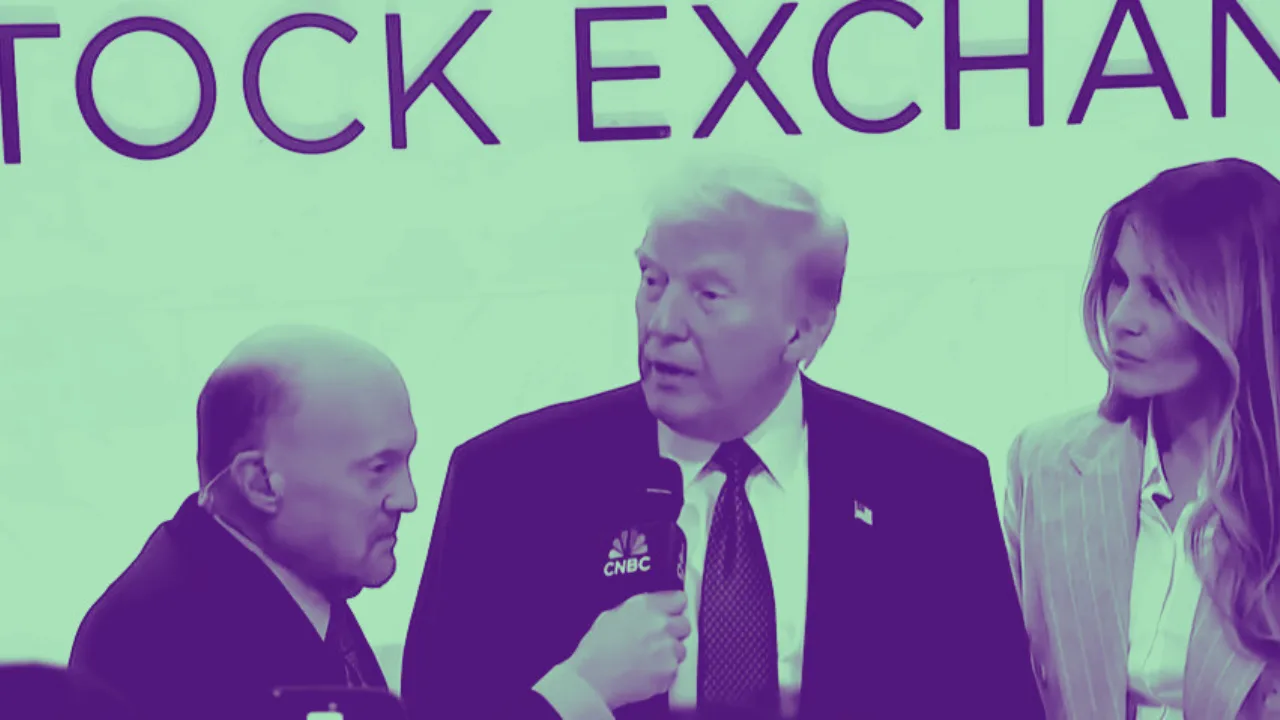President Donald Trump’s recent announcement of a 90-day pause on the majority of his previously proposed reciprocal tariffs created a dramatic shift in the financial markets. With investors responding swiftly and emotionally, the resulting market surge offers valuable insights. Here are four crucial lessons investors should take away from Trump’s tariff-related volatility and how they can leverage them for smarter, steadier investment decisions.
Understanding the Recent Market Rally
In a dramatic move, President Trump announced a reduction in his reciprocal tariffs to a 10% rate on all countries, excluding China. This strategic decision sent markets soaring, recovering much of the steep losses experienced since the initial announcement of heightened tariffs just a week prior. The major U.S. indices delivered strong rebounds:
- Dow Jones Industrial Average: up 7.9%
- S&P 500: rose 9.5%
- Nasdaq Composite: surged 12.2%
- Russell 2000: climbed 8.7%
Despite these gains, markets remain below their previous highs for the year, underscoring the volatility and uncertainty that accompanies tariff negotiations.
The lessons from this experience are critical for investors who want stability and growth in their portfolios. Let’s delve into each lesson in depth:
Lesson 1: Avoid Panic Selling—Patience Pays Off
One of the most critical investment truths revealed during the recent tariff turmoil is that panic selling seldom ends profitably. Investors who sold their positions during the initial sharp decline in the market experienced immediate regret as the subsequent rally occurred.
Historical data confirms that the bulk of annual stock market returns typically happen in just a handful of trading days each year. Missing even one of these days can significantly impair long-term investment returns. This was demonstrated clearly during this recent event, as many investors who remained calm and stayed invested benefited greatly from the rally.
In volatile times, investors must cultivate resilience. Remaining patient and disciplined, even during significant downturns, positions investors to capitalize on powerful rebound days like these.
Actionable Tip:
Create and maintain an investment strategy based on fundamentals and long-term growth potential rather than reacting to short-term market fluctuations.
Lesson 2: Greed Can Destroy Gains—Stay Disciplined
The classic investing adage, “Bulls make money, bears make money, but pigs get slaughtered,” was vividly reinforced during this market episode. Investors and hedge funds that aggressively bet against the market faced significant losses due to what financial analysts have called one of the most intense “short squeezes” in recent market history.
Conversely, disciplined investors who resisted impulsive moves and maintained their diversified portfolios emerged ahead. This event underscores the importance of setting clear investment rules and limits and avoiding emotional decisions that can undermine careful portfolio planning.
Investors must remain disciplined, neither succumbing to overly optimistic views during bullish periods nor adopting excessively bearish stances during downturns.
Actionable Tip:
Establish clear exit and entry criteria, stick to your risk tolerance, and avoid emotional or reactionary decisions based purely on market sentiment or short-term news.
Lesson 3: Anticipate Volatility—Not Certainty—Under Trump’s Administration
Investors should understand clearly: Donald Trump’s presidency means market volatility, not predictability. Trump’s style of governance and negotiation tactics often involve sudden policy shifts and bold announcements, driving heightened investor uncertainty.
Markets, historically allergic to uncertainty, react dramatically to every twist in the trade war saga. However, investors must recognize that although Trump embraces drama and unpredictability, he generally aims to preserve economic growth. If certain trade policies prove severely damaging to stock markets or economic stability, adjustments and reversals are likely.
Trump’s ultimate goal—restructuring trade relationships to benefit American businesses—should offer some reassurance that policies will not aim deliberately at economic self-destruction. However, investors must become comfortable with uncertainty and develop investment strategies capable of weathering volatile market conditions.
Actionable Tip:
Ensure portfolios include stabilizing elements, such as dividend-paying stocks, fixed income securities, and defensive sectors that typically perform well in turbulent markets.
Lesson 4: Do Not Underestimate High-Quality Companies
In times of market stress, even industry-leading companies can experience significant downturns. Recently, stocks like Apple and Nvidia fell sharply due to fears related to their substantial exposure to tariffs—particularly from the contentious U.S.-China trade war.
However, top-tier companies with strong fundamentals, healthy balance sheets, and proven business models tend to rebound strongly once investor sentiment stabilizes. This was evident when these stocks experienced remarkable recoveries after Trump’s tariff adjustments:
- Apple (AAPL) jumped over 15% despite lingering concerns over its exposure to tariffs from China.
- Nvidia (NVDA) surged nearly 19%, highlighting investor confidence in its technological innovation and long-term growth prospects.
It is essential for investors not to write off market-leading businesses during temporary downturns. Instead, these moments should be viewed as opportunities to invest in great companies at discounted prices.
Actionable Tip:
Consider short-term market downturns as opportunities to buy quality stocks at attractive valuations, positioning your portfolio for robust long-term growth.
Additional Insights for Investors Navigating Tariff Volatility
Beyond these key lessons, investors should also integrate these additional considerations into their tariff-era investment strategy:
A. Diversification is Essential
Broad diversification across sectors, asset classes, and geographies can greatly mitigate tariff-induced market volatility. Investors who spread their risk broadly typically experience less severe portfolio declines and steadier returns.
B. Monitor Sector Sensitivity
Certain sectors, notably technology, industrials, agriculture, and automotive, are more vulnerable to tariff disruptions. Understanding sector exposure helps investors anticipate risks and adjust accordingly.
C. Stay Informed but not Obsessive
While staying informed about political and economic developments is crucial, obsessively checking market fluctuations or presidential tweets can lead to irrational decisions. Instead, establish a measured approach to news consumption that informs rather than incites panic.
Final Thoughts: Navigating the Tariff Storm
President Trump’s tariffs and their resultant market swings have undoubtedly created significant challenges for investors. However, by internalizing and acting on these key lessons, investors can make more informed decisions and achieve steadier investment returns despite ongoing tariff drama.
Investing in this environment demands patience, discipline, an acceptance of uncertainty, and confidence in fundamentally strong businesses. Following these guidelines and maintaining a balanced, diversified portfolio will ensure investors are not only prepared to weather any storm but positioned to thrive in spite of it.
Investors must remember: volatility is temporary, but strategic decisions during volatile times can set the stage for substantial long-term rewards.





